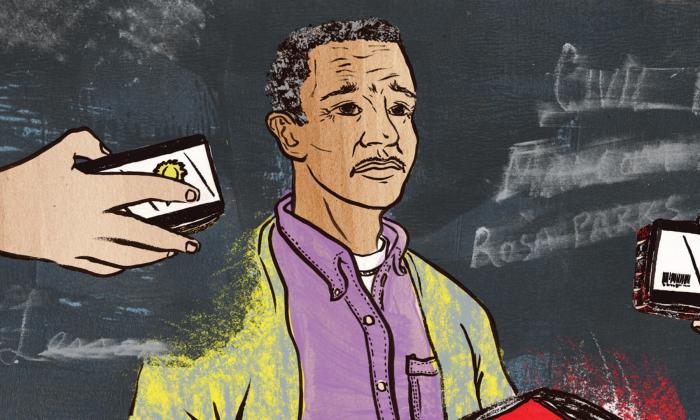Q: I’m a veteran African-American teacher in a Southern town. Parents feel that I should not teach during Black History Month about how the country used to (and still does) practice racial inequality. How do I “keep my head above water” when almost everyone is in denial about this issue?
Chances are good that your state curriculum standards include black history. Grab a copy and a highlighter and go to town. Next time the issue comes up, talk about what your state requires. And keep this phrase handy: “There is a lot of painful history in our country, but a lot of inspiring change too. It is important that students know about both.”
One thing is clear: You need allies—in the building and in the community. Talk with community leaders and parents of African-American students. We’re guessing you’re not an outlaw, teaching black history behind closed doors unbeknownst to your principal. Maybe it’s time to level with her about what you’re up against and enlist schoolwide support for black history. Work with others. You are not alone.
Q: I’m a teacher at an elementary school whose student body is predominantly black. One student recently asked me, “Why are all my teachers white?” How should I answer?
Begin by affirming her observation and answering honestly. Remind her about school celebrations of Martin Luther King and the civil rights movement. Explain that it used to be very difficult for people of certain races (and genders!) to go to certain schools or get certain jobs and that the country is still catching up.
Be open to students’ comments about most of their teachers being white, but assure them that many people of color are teachers. Arrange for students to meet or see images of adults of various races working in a variety of professional fields. Regardless of the makeup of your faculty, it is critical that students see themselves—and those who are different—reflected in their schools.
Keeping dialogue about identity active in your classroom will equip your students with the skills they need to ask and answer important social justice questions throughout their lives.
Q: A couple of my students have begun to hint that they are gay. Others are voicing discomfort, misunderstandings and fears. Any suggestions about teaching LGBT tolerance without embarrassing anyone or outing any of my students?
A small-scale action, like hanging a Safe Zone poster in your classroom, signals to LGBT students that you are someone they can confide in. It also signals to others that you value tolerance. Gently speak up when students make negative comments; these moments become learning opportunities only if you talk them through. Depending on how safe you feel doing so, consider introducing LGBT voices through your curriculum choices. Identify potential allies by talking with your administration about implementing an anti-bullying awareness campaign focused on keeping LGBT youth safe. As your school culture becomes more tolerant, consider being the faculty advisor for a gay-straight alliance.
Need the kind of advice and expertise only Teaching Tolerance can provide?
Contact us and mention "Ask TT."


0 COMMENTS